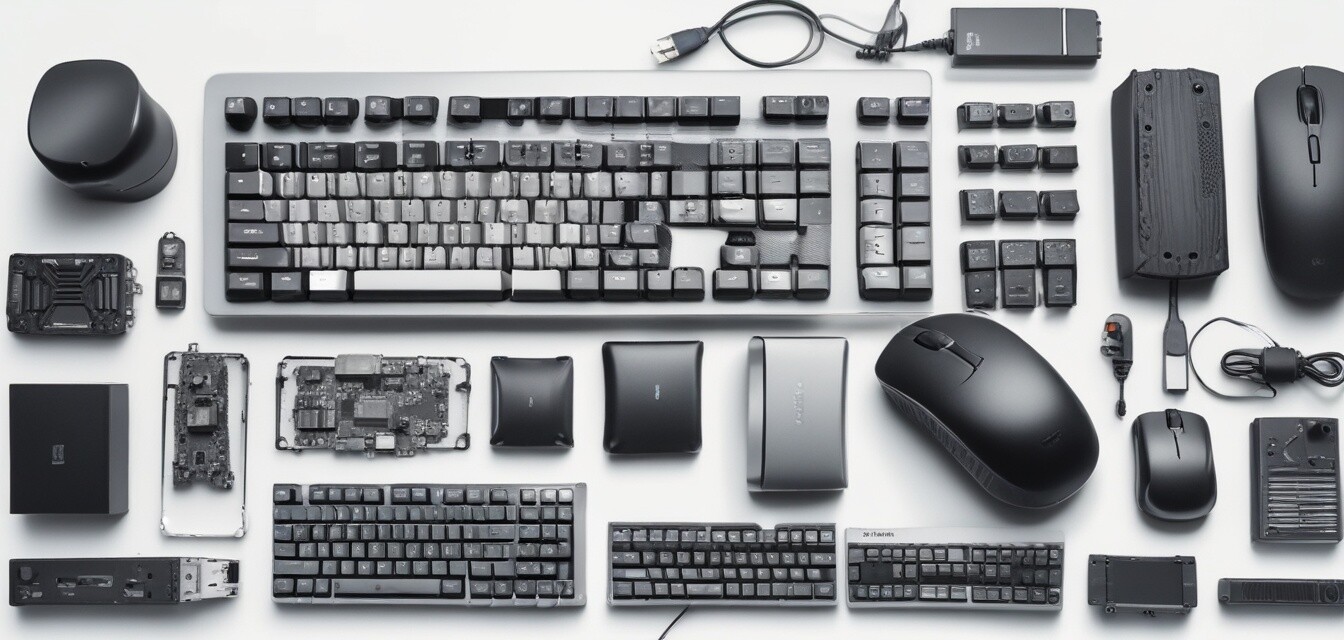
Effective troubleshooting for desktop PCs
Are you facing issues with your desktop PC? Don't worry! This article will guide you through practical tips for diagnosing and fixing common problems effectively. By the end of this guide, you will feel more confident in your ability to troubleshoot and resolve issues like a pro.
Key takeaways
- Identify common desktop PC issues such as boot failure, slow performance, and hardware malfunctions.
- Learn step-by-step troubleshooting techniques to resolve these issues.
- Gain confidence in your ability to maintain and fix your desktop PC.
Common desktop PC issues
Desktop PCs can encounter a variety of issues that might impact their performance or usability. Below are some of the most common problems:
| Issue | Description |
|---|---|
| Boot failure | The computer does not turn on or display anything on the screen. |
| Slow performance | The desktop takes longer than usual to respond to commands or load applications. |
| Hardware malfunctions | Components such as the hard drive, graphics card, or power supply may not function correctly. |
| Overheating | The computer experiences excessive heat, leading to potential shutdowns or damage. |
| Software crashes | Applications freeze or crash unexpectedly during use. |
Step-by-step troubleshooting process
Troubleshooting can be intimidating, but breaking it down into manageable steps can make it easier. Here’s a practical guide:
- Identify symptoms: Begin with knowing the exact symptoms of your problem.
- Check power supply: Make sure your computer is plugged in and the outlet is functioning. Look for any loose cables.
- Inspect hardware components: Open your desktop case and check for any visible damage or disconnections.
- Run diagnostics: Many PCs have built-in diagnostics to help identify hardware issues.
- Update drivers and software: Keeping your drivers up-to-date can resolve many performance issues. You can learn how to do this in our Expert Tips section.
- Check system temperature: Use software to monitor the temperature of your components, especially your CPU and GPU.
- Backup data: Regularly backing up important files will help you avoid data loss during troubleshooting.
- Consult online resources: Online forums and our Buying Guides can provide additional insights.
Specific troubleshooting for common issues
Boot Failure
If your desktop does not boot, try the following steps:
- Check if the power supply is functioning.
- Remove any non-essential peripherals.
- If there's no display, check monitor connections.
Slow performance
To address slow performance issues:
- Uninstall unused applications.
- Run a disk cleanup to free up space.
- Ensure sufficient RAM for your tasks.
Hardware Malfunctions
For hardware issues, consider these steps:
- Run hardware diagnostics.
- Check for overheating; clean dust from fans.
- Replace faulty components as needed.
Tips for beginners
- Start with small tasks to gradually build your confidence.
- Document steps you take for future reference.
- Collaborate with friends or join online communities for support.
Pros
- Improves user confidence in handling technical issues.
- Empowers users with knowledge to maintain their equipment.
- Helps save time and money by reducing reliance on technicians.
Cons
- Troubleshooting can be complex for inexperienced users.
- Some issues may require professional assistance.
- Time-consuming process depending on the problem.
Conclusion
Troubleshooting your desktop PC doesn't have to be daunting. With the right knowledge and approach, you can diagnose and fix common issues effectively. Whether you are dealing with a boot failure or sluggish performance, these tips will help guide you in maintaining your device. Remember, always stay curious and keep exploring further details in our News and Trends section for more insightful information.